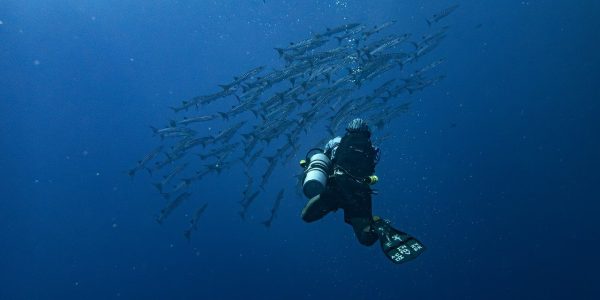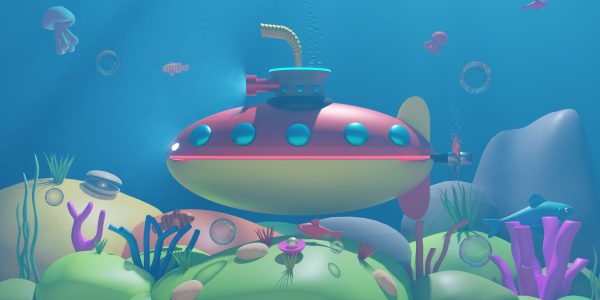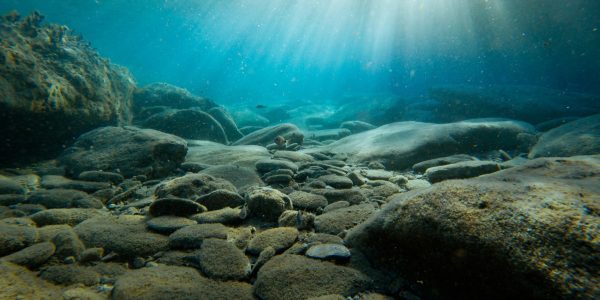Seaward Oil and Gas
The job of ROVs in seaward oil and gas is probably going to keep developing as innovation progresses.
The job of ROVs in seaward oil and gas is probably going to keep developing as innovation progresses.
Future ROVs might be considerably more independent, ready to perform investigations and support assignments with insignificant human mediation.
Computerized reasoning (computer based intelligence) and AI calculations could empower ROVs to dissect information and settle on choices progressively, further working on functional productivity and lessening dependence on human administrators.
Additionally, the mix of **drones** and **autonomous submerged vehicles (AUVs)** with ROVs will probably improve the abilities of subsea activities, taking into account more exhaustive information assortment and better ongoing checking of seaward resources.
ROVs have changed the way subsea assessments are directed in the seaward oil and gas industry.
As innovation keeps on advancing, ROVs will assume a considerably more fundamental part in store for seaward oil and gas, assisting organizations with overseeing gambles, diminish costs, and guarantee the honesty of subsea foundation long into the future.
With their capacity to work in outrageous profundities, give constant visual and sensor information, further develop security, and decrease functional expenses, ROVs are working on the proficiency of reviews as well as improving the wellbeing and manageability of seaward tasks.



With their capacity to work independently, arrive at more profound profundities, and cover more extensive regions for a portion of the expense of customary submarines, submerged drones are opening up additional opportunities for researchers, specialists, and ventures the same.
customary ROVs

Submerged drones, or AUVs, are uncrewed, mechanical vehicles intended to work underneath the water’s surface. These vehicles are ordinarily outfitted with various sensors, cameras, sonar, and testing instruments that permit them to accumulate information on the submerged climate.
There are various sorts of submerged drones, going from little, convenient gadgets utilized for shallow water studies to enormous, exceptionally progressed drones able to do remote ocean investigation. AUVs can be pre-customized to follow explicit ways, gather information, and return to their base, making them profoundly proficient for enormous scope research projects.
